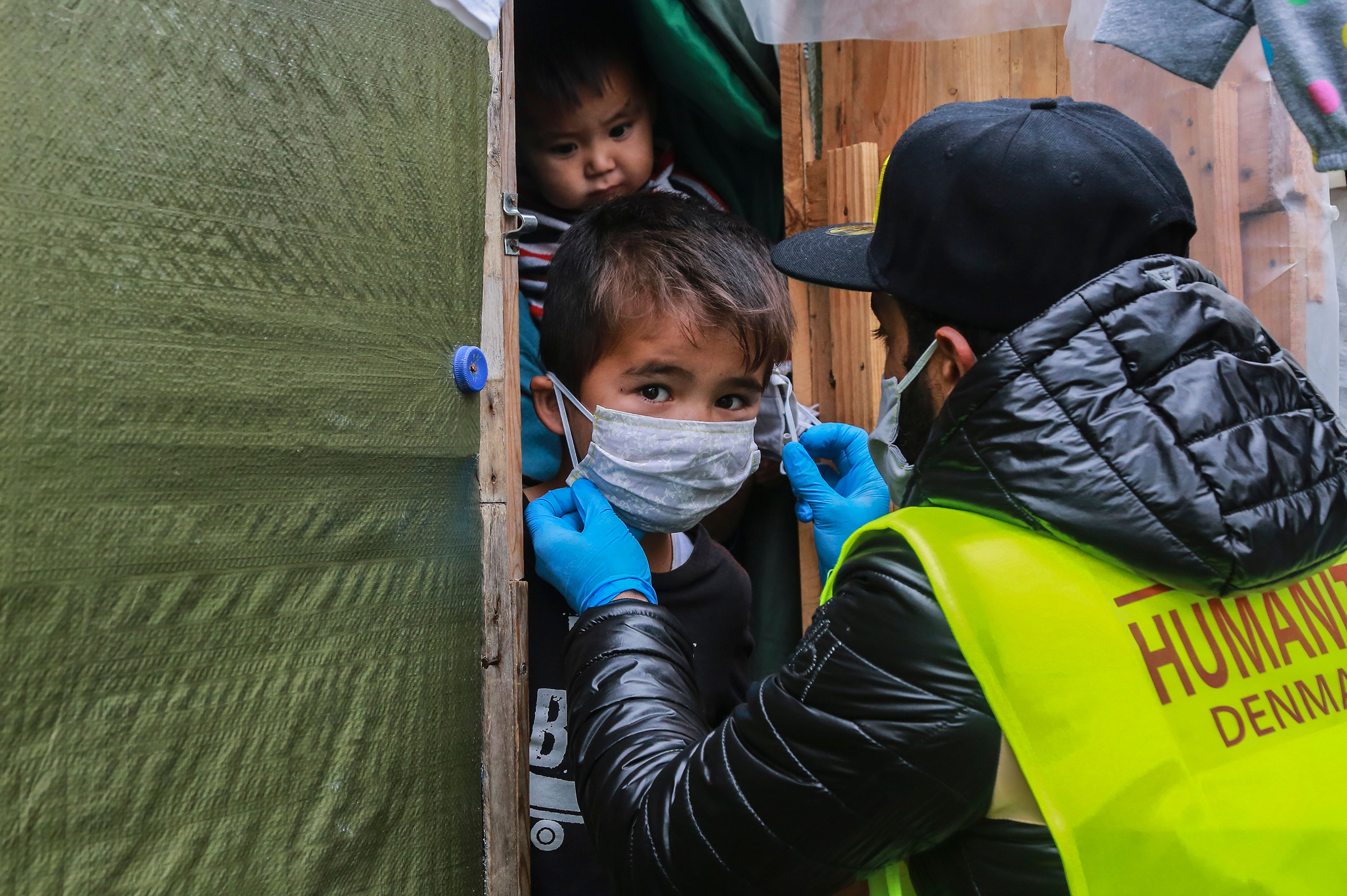
As difficult as COVID-19 is here in America where people are urged to wash their hands multiple times a day, imagine you were living in a place where you had to walk two miles to access clean water. From India to Nigeria, tens of millions of people are living without access to running water and good sanitation, much less bottles of Purell. While we can’t apply our standards to much of the Global South, there’s much that can be done to treat the disease and prevent its spread in areas where it may be the most deadly.
In many parts of the world, diseases as deadly as COVID-19 have struck before. Lessons from the front lines for the Ebola crisis in West Africa, and from outbreaks of cholera and Zika in some of the world’s most vulnerable and hard to reach communities, can and should be applied quickly. We must act now to keep a COVID-19 tidal wave from killing millions of people in the global south.
Places like India and Nigeria where the virus is spreading are densely populated and have millions of people living in tight quarters without access to running water, reliable electricity, or sanitation. In Syria and other places with millions of displaced refugees, conditions are often worse. The Cox’s Bazar refugee camp in Bangladesh is home to 855,000 displaced people and the only COVID-19 testing facility in the country is 10 hours away. How do we slow the disease’s spread in these parts of the world?
Here are five things we can do:
Soap, potable water, and other household products for personal hygiene. While many of us are washing our hands multiple times a day to help prevent contracting or spreading the virus, many families are unable to give their children a bath in clean water even once a week. Relief organizations are well positioned to rise to the challenge, providing soap, installing handwashing stations, and building water storage tanks. They’ll need resources to do this quickly and in as many places as possible.
If this virus is overwhelming U.S. healthcare facilities, imagine what it will do in places with just as many people, but less than one-one hundredth the number of doctors and nurses, and fewer and poorer healthcare facilities. Still, there are ways to help make the health clinics and hospitals that do exist serve patients as effectively as possible by pre-positioning supplies and reinforcing sanitation processes to minimize infection.
The Ebola outbreak in West Africa taught us how heavy a toll a pandemic can take on the health care workers when they don’t have adequate protective gear or aren’t trained on protocols: one out of ten providers treating Ebola there died from the disease. Protecting frontline staff is of paramount importance. It is critical to quickly train physicians, nurses and community health workers directly involved in COVID-19 response in the developing world on infection prevention methods and practices, and to share those same tools with custodians, sanitation workers, and community health teams.
Women are the vanguard of community resilience and will be the lynchpin in this fight. Why? Because in communities around the world, women are the glue: caring for children and aging relatives, managing the household, supporting each other. They also represent 70% of global health care workers. For millions of families, the farming or shop-keeping of women yields the daily income that translates to the nightly meal.
The Ebola and Zika battles taught us that community trust makes the difference between life and death: trust of information and acceptance of those offering guidance. Social media can be an important route to information and how-to videos; it can also be a source of misinformation and dangerous theories. Mobilizing community volunteers to go door-to-door with important facts and guidance works. It has proven to help prevent, respond to, and mitigate outbreaks. It’s also important to translate World Health Organization (WHO) guidance into local languages – and supplementing written materials with radio and social media posts.
Preventing the impending tidal wave of COVID-19 will take all of us. It will take everyone following guidelines for their own health and safety to stop the spread. It will take our collective advocacy, including encouraging U.S. and European government response to include additional funding for prevention and response in development and humanitarian settings. And it will take financial support from individuals, foundations, and corporations many of whom are already answering the call. International relief organizations working with trusted partners on the ground can assess what is needed (and what is NOT needed) at the country and community level, and tailor programs to the need. In short, it will take a local and global response.
When it comes to a highly contagious virus, no community is safe until every community is safe. If we act now, and act together, we save lives and in so doing, protect all of us.
More Must-Reads from TIME
- Donald Trump Is TIME's 2024 Person of the Year
- Why We Chose Trump as Person of the Year
- Is Intermittent Fasting Good or Bad for You?
- The 100 Must-Read Books of 2024
- The 20 Best Christmas TV Episodes
- Column: If Optimism Feels Ridiculous Now, Try Hope
- The Future of Climate Action Is Trade Policy
- Merle Bombardieri Is Helping People Make the Baby Decision
Contact us at letters@time.com